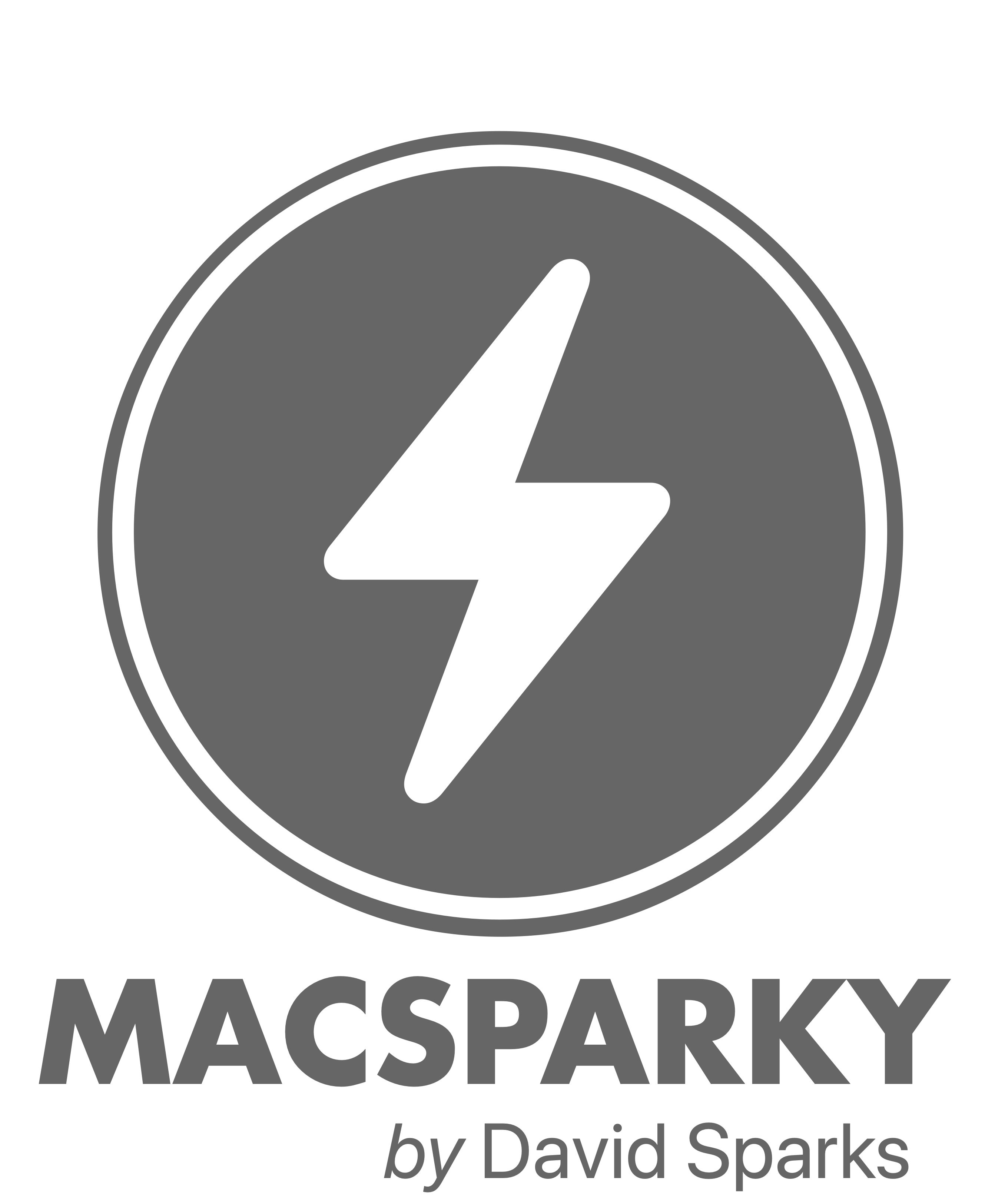Like everyone else, I have files distributed across a collection of cloud storage services. As a result, I’m always juggling how to keep track of that data on my laptop with limited SSD storage.
Recently, I picked up a copy of CloudMounter. CloudMounter is a Mac utility for precisely the above-described problem. Specifically, it runs in the Mac’s menubar and lets you attach various cloud storage solutions. They’ve got the usual suspects, like Dropbox, Google, Microsoft OneDrive, and Amazon S3. They also have more unexpected providers like Backblaze and various flavors of FTP.
I’ve been happy with CloudMounter. It gets out of the way but still gives me access to my cloud storage without filling up my SSD. The application integrates with the Mac’s Finder, so you see the mounted cloud storage as just another volume in the Finder. Even though those files show up in the Finder, Cloudmounter doesn’t download the files to your hard drive which is the trick that saves you so much space.
There’s also an option to encrypt your cloud data through CloudMounter, that gables the cloud files if they are accessed from a different device. Because I use multiple devices and platforms, I did not enable this.
Even on my desktop Mac, I have limited SSD storage. As a result, there are pieces of Dropbox that I never automatically download. Instead, I have to fiddle with the application settings or go on to the web service if I want to get access to those files. Using CloudMounter, I’m able to get to them much faster.
If, like me, you’ve got a lot of data stored in the cloud, CloudMounter may be the solution you’re looking for on your Mac.







